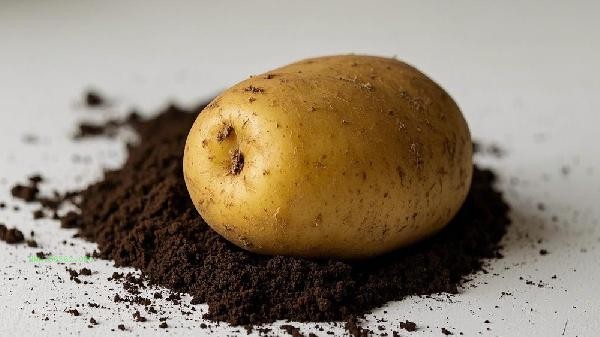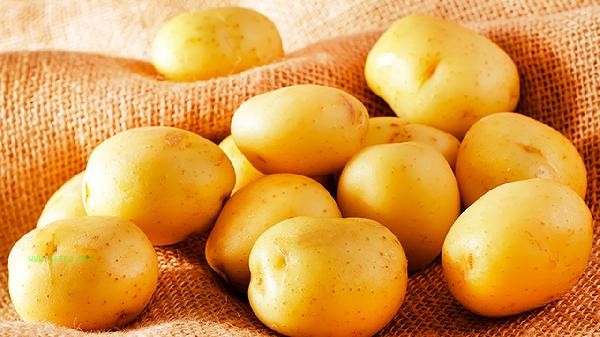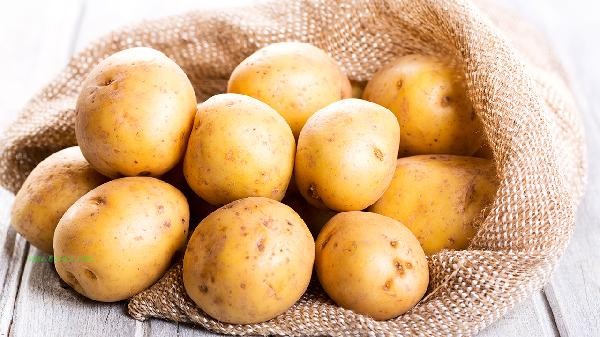After peeling potatoes, they can be stored using refrigeration, soaking, vacuum, drying, or freezing methods. The specific method should be selected according to the usage needs.

1. Refrigeration method
Drain the peeled potatoes and place them in a fresh-keeping bag, then release the air and seal for refrigeration. Low temperature environment can delay oxidation and blackening, suitable for short-term storage. Be careful to avoid contact with other strongly scented foods to prevent cross contamination. The recommended refrigeration temperature is around 4 degrees Celsius, and the storage time should not exceed 3 days. If there is any mucus or odor on the surface, it should be discarded immediately.
2. Soaking Method
Completely immersing peeled potatoes in water can isolate them from air, and adding a small amount of white vinegar or lemon juice to the water can inhibit enzymatic browning. It is necessary to change the water daily to maintain clean water quality, and store at room temperature for no more than 24 hours. This method is suitable for situations where cooking is about to take place, as prolonged soaking can lead to the loss of water-soluble nutrients. Before cooking, rinse again to remove surface acidic substances.
3. Vacuum method
Use a vacuum machine to remove the air from the packaging bag, seal it, and block oxygen contact to preserve it for 5-7 days. A vacuum environment can effectively prevent microbial growth and starch hydrolysis. Pay attention to checking the integrity of the packaging. If there is a leak, it needs to be reprocessed. This method is suitable for cooking needs that require maintaining the complete shape of potatoes, but the equipment requirements are high.

4. Drying method
Peel and cut into pieces, blanch for 30 seconds, spread out to dry the surface moisture, and then refrigerate. High temperature short-term blanching can inactivate polyphenol oxidase, and drying treatment can reduce the growth of spoilage bacteria. Processed potatoes are suitable for stewing dishes and have a slightly soft texture. Please ensure complete cooling before sealing to avoid mold growth caused by condensation water.
5. Freezing method
Cut into pieces, blanch in water, and rapidly freeze. Pack and seal for up to one month. Freezing can cause changes in cell structure and result in a powdery texture, making it suitable for making mashed potatoes or thick soups. When thawing, it should be cooked directly and not allowed to slow down at room temperature to prevent loose texture. Repeated freeze-thaw cycles can accelerate quality deterioration. It is recommended to pack small portions as needed.

When storing peeled potatoes, it is important to control the contact between moisture and oxygen. Different methods have their own advantages and disadvantages. For short-term storage, refrigeration or soaking is recommended, while for long-term storage, freezing treatment is preferred. Regardless of the method used, it is important to ensure that the container is clean and consumed as soon as possible. If signs of spoilage such as mold spots or sour odors are found, they should be discarded immediately to avoid gastrointestinal discomfort caused by consuming spoiled potatoes. When storing daily, onions or apples can be used to delay germination, but attention should be paid to isolation and storage to prevent cross contamination.








Comments (0)
Leave a Comment
No comments yet
Be the first to share your thoughts!